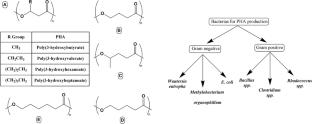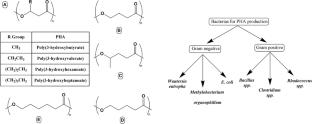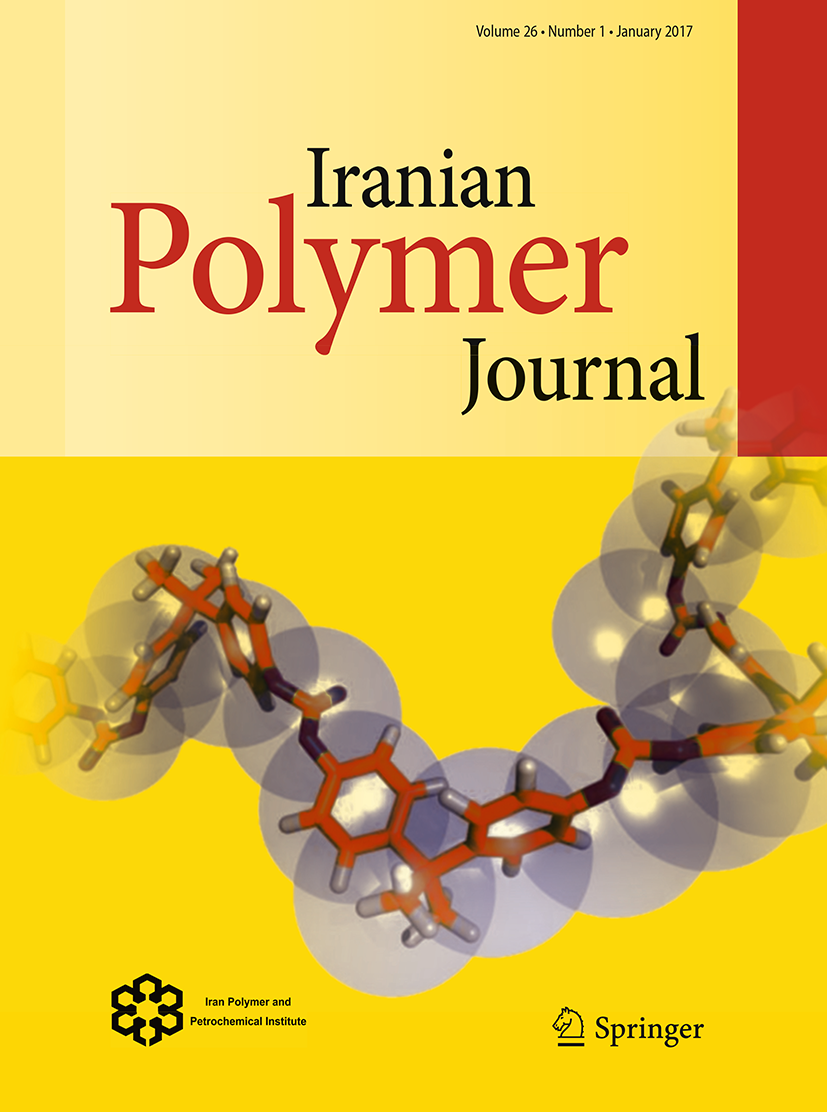Biopolymers: a comprehensive review of sustainability, environmental impact, and lifecycle analysis
Abstract
The demand and desire for environmentally conscious alternatives to conventional plastics have intensified after the introduction of biopolymers in our daily lives due to the question mark on the sustainability of the environment. The review is structured around key themes including classification and types of biopolymers, their recycling methodologies, disposal scenarios of biopolymers and their upcycling, life cycle assessment of some common biopolymers, biodegradability and biodegradation of biopolymers, the environmental impact of biopolymers and the influence of government policies in fostering biopolymer adoption. The review points out positive as well as negative factors associated with biopolymers along with greenhouse gas emissions/global warming potential and energy demand associated with bioplastics through life cycle assessments. This review aims for an easier understanding regarding the adoption of biopolymers into daily life considering all positive and negative aspects. The oceanic disposal and increasing land usage put the sustainability of biopolymers into jeopardy. This review aims to provide some clarity regarding the current situation and past actions taken by the world to promote sustainable development and the promotion of biopolymers. Despite all the positives and negatives, biopolymers have shown promise for a sustainable future by aiming to reduce the reliance on conventional fossil fuel-based polymers and non-biodegradable alternatives.
Graphical abstract



 求助内容:
求助内容: 应助结果提醒方式:
应助结果提醒方式:


